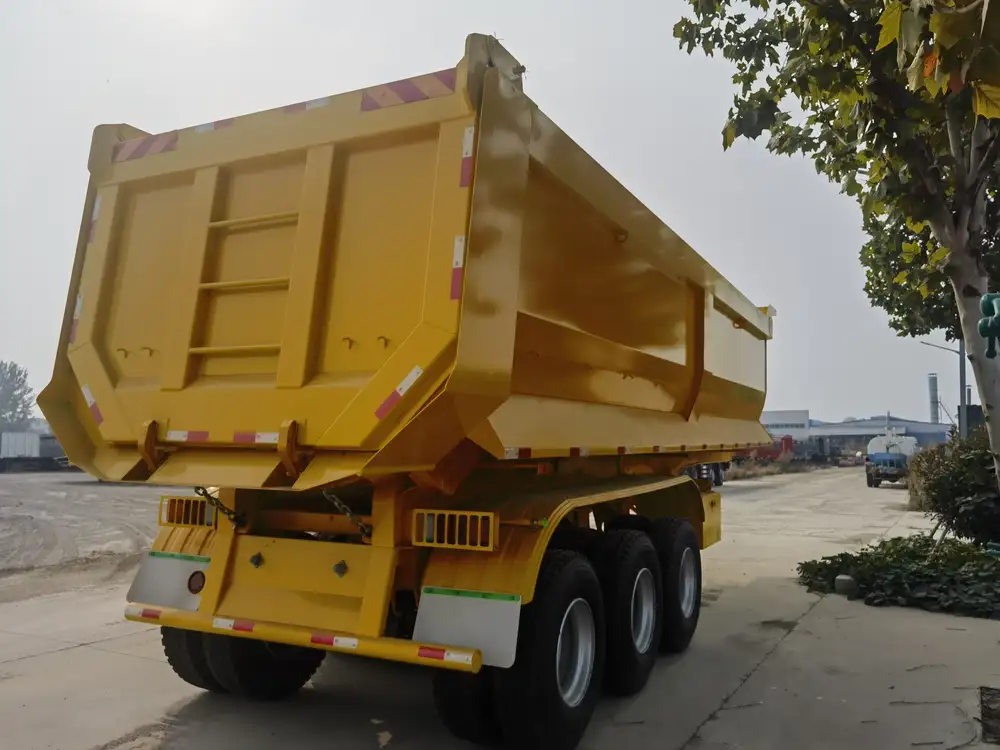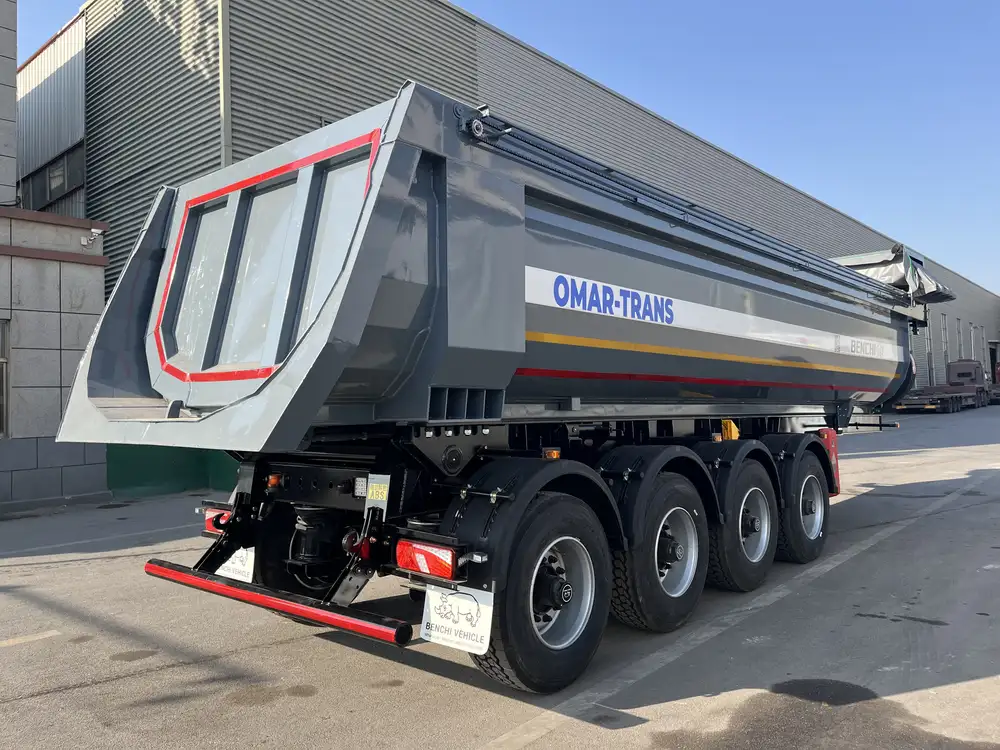Alley docking is a critical skill that every truck driver must develop to maneuver safely and effectively in tight spaces, particularly in urban environments. Whether you’re making a delivery in a congested area or backing into a loading dock, mastering this technique is essential. In this comprehensive guide, we will explore the fundamentals of alley docking a semi-trailer, breaking down the process into manageable steps while also addressing common challenges and offering tips to enhance your skills.
Understanding Alley Docking: The Basics
Alley docking involves maneuvering a semi-trailer into a narrow space between two obstacles, such as parked vehicles or loading docks. The precision required in this maneuver can pose a challenge even for seasoned drivers.
Key Concepts to Remember:
- Driver’s Perspective: Always visualize the space around you. Your perspective from the cab is crucial in ensuring your trailer aligns properly with the target.
- Space Assessment: Evaluate the area for obstacles, including other vehicles, curbs, and pedestrians. Sufficient space is required for both your cab and trailer.
- Angle Control: The angle at which you enter the alley can impact your ability to navigate effectively. A good approach angle is vital.

Essential Maneuvering Skills:
- Throttle Control: Smooth acceleration is key. Avoid sudden movements which can destabilize the trailer.
- Steering Technique: Use small, deliberate movements to keep control of the rear of the trailer.
- Mirrors Utilization: Regularly check your mirrors to maintain awareness of your trailer’s position relative to your surroundings.
Step-by-Step Guide to Alley Docking a Semi-Trailer
Step 1: Preparation
Before attempting to alley dock, ensure your vehicle is in optimal condition and your surroundings are clear.
- Inspection: Conduct a pre-trip inspection. Check tire pressure, lights, and the trailer’s brakes.
- Clear Area: Ensure there are no obstructions in the maneuvering area and that it is well-lit.

Checklist Before Docking:
| Item | Yes/No | Comments |
|---|---|---|
| Clear path | ||
| Proper lighting | ||
| Good visibility |
Step 2: Positioning the Cab
As you approach the docking area, position your cab such that you can begin the backing maneuver effectively.
- Align with Obstacles: Initially, position your cab parallel to the first obstacle (usually the one further from the docking area).
- Use Reference Points: Utilize nearby landmarks or markings to guide your position.
Step 3: Executing the Backing Maneuver
Once your cab is aligned and you’re ready to back up, follow these guidelines:
- Signal Intent: Use your turn signals to indicate your intention to back.
- Begin Backing: Shift into reverse at a slow speed.
- Adjust Steering: Begin turning the steering wheel in the direction of the loading dock.

Visualizing the Maneuver:
- If docking on the right, turn the wheel right.
- Observe the trailer’s alignment with rearview mirrors.
Step 4: Fine-Tuning the Maneuver
As you continue to back up, you may need to readjust your approach to get the trailer into the dock correctly.
- Adjust as Necessary: If your trailer starts to drift away from the dock, make slight steering adjustments to bring it back.
- Utilize the “S” Maneuver: If your angle is too sharp, pull forward to realign and try again, incorporating an “S” shape with your path to get the desired angle.
Step 5: Final Adjustments
Once the trailer is close to the docking area, make the final adjustments:
- Straighten the Trailer: As the back of the trailer gets close, gradually straighten the steering wheel to align with the dock.
- Check Clearance: Make sure there’s enough clearance on both sides of the trailer and adjust accordingly.

Techniques for Successful Alley Docking
Utilizing a Spotter
Consider having a spotter assist you, especially in tight or unfamiliar spaces. The spotter can guide you verbally and help ensure safe maneuvering without the risk of hitting obstacles.
Practicing Different Scenarios
Diverse practice locations can enhance your alley docking skills. Try practicing in alleys with varying widths, angles, and obstacles to build confidence.

Virtual Simulations
Investing in simulator training can provide a risk-free environment to practice your alley docking skills, allowing for adjustments in technique without the stress of real-world consequences.
Common Challenges and Solutions
Low Visibility
Problem: Poor visibility can drastically affect your ability to judge distances.
Solution: Adjust mirrors for optimal sightlines, and if necessary, get out of the vehicle to visually assess the surroundings.

Angled Docks
Problem: Docks that are not perpendicular to the alley can complicate docking.
Solution: Approach at a wider angle, allowing for a smoother entry. Utilize the “S” shaped maneuver to adapt your approach.
Traffic Conditions
Problem: Surrounding traffic can cause distractions or hazards.
Solution: Always maintain situational awareness. Use your mirrors effectively and remain patient while executing complex maneuvers.
Safety Tips for Alley Docking
- Communicate with Others: Be aware of pedestrians, other drivers, and especially spotters.
- Maintain Control: Never rush the process. Take your time to ensure precision.
- Expect the Unexpected: Be prepared to adapt quickly to unforeseen obstacles, such as pedestrians or other vehicles.
- Practice Defensive Driving: Even while stationary, always be aware of potential hazards and the actions of others around you.

Recap: The Alley Docking Process
To encapsulate the essence of alley docking:
- Preparation: Assess the area and inspect your vehicle.
- Positioning: Align your cab with the docking area.
- Execution: Back up carefully, making small adjustments.
- Finalization: Straighten and ensure proper alignment before disengaging the trailer.
Each of these steps is foundational to becoming proficient in alley docking, ultimately improving safety and efficiency in transport operations.
Conclusion
Alley docking a semi-trailer is a skill that requires practice, patience, and precision. By following the outlined steps and employing the techniques discussed, truck drivers can enhance their alley docking skills, ensuring safe and effective operations in urban and confined spaces. By developing this crucial ability, drivers not only ensure their safety but contribute to the overall efficiency of the transport sector.
By committing to continuous learning and practice, drivers will not only feel more confident in their abilities but will also elevate their professional development in the logistics and transportation industry.



